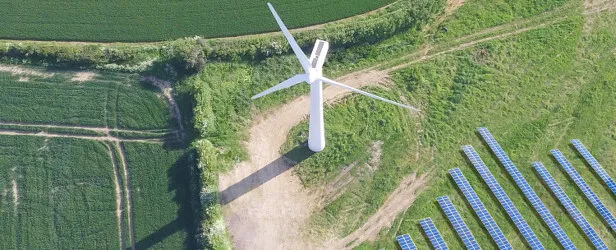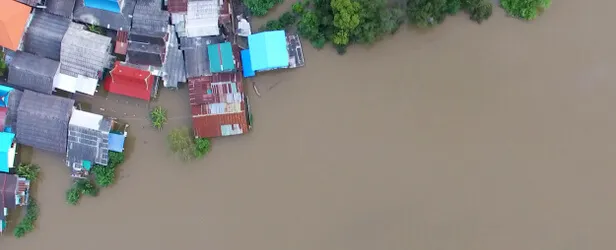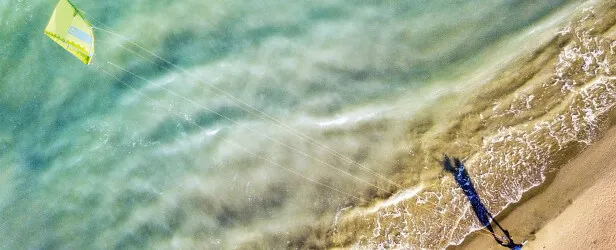CHRISTINA SØRENSEN So, we invest in offshore wind, in onshore wind, solar, in transmission assets, in thermal assets, biomass. We invest in geothermal, in pump storage, so you can say the breadth of our technology base is quite large and I think that in itself is quite innovative. But we do use a similar approach to mitigate the risks on behalf of our investors and that has to do with understanding, of course, that there are relevant infrastructure investments, but also, making sure that we can de-risk from a contracting perspective of the investment. One example could be the offshore wind project of Beatrice in Scotland that we are part-owners of.
So, this project is a challenge in the way that we had to utilize the jacket foundations as opposed to the more classic monopile foundations due to the depth of the waters and the challenging seabed. But getting 84 jacket structures ready in just one year is actually quite a construction effort in itself. So, apart from partnering with an experienced operator, namely SSE, and apart from choosing the many experienced suppliers, which we did, we also made sure that the production of the jackets took place in five different yards with five different suppliers.
So, when something went wrong, these suppliers could collaborate, swap volumes and make sure together, with the project, that there was a certain robustness in the delivery of the foundations and I can say that the foundations were delivered on time, and also the wind farm, and that was a great achievement and, I guess, actually one of our first achievements in the CIP.


